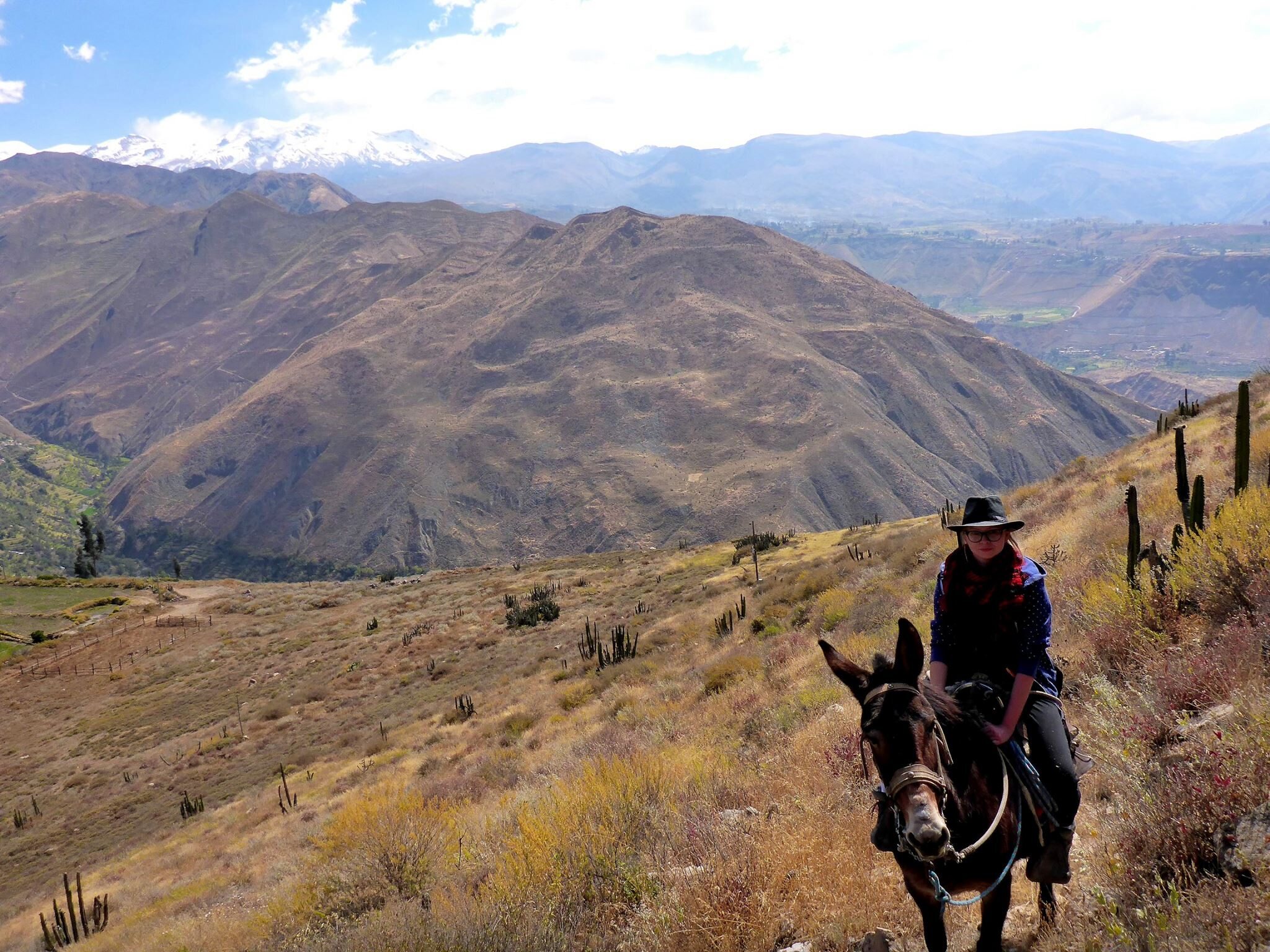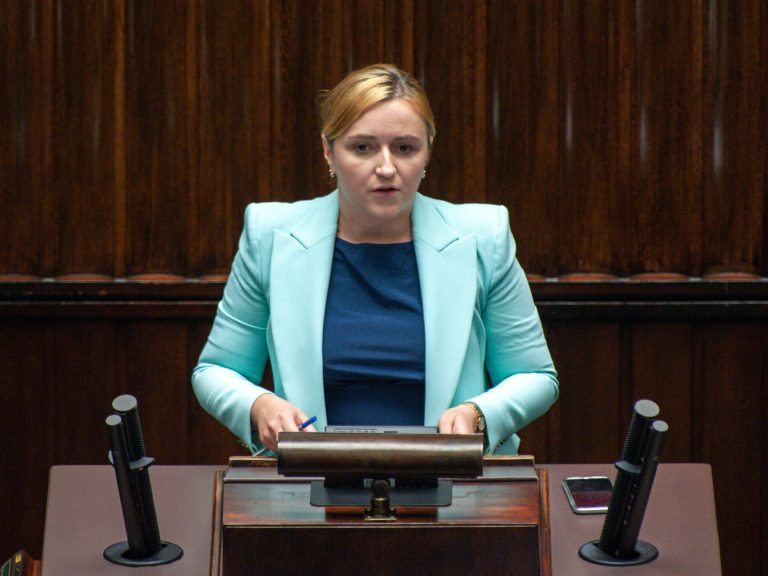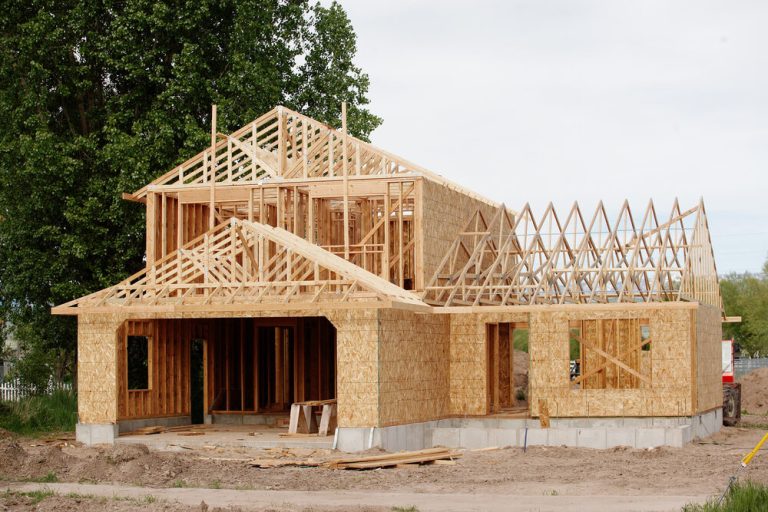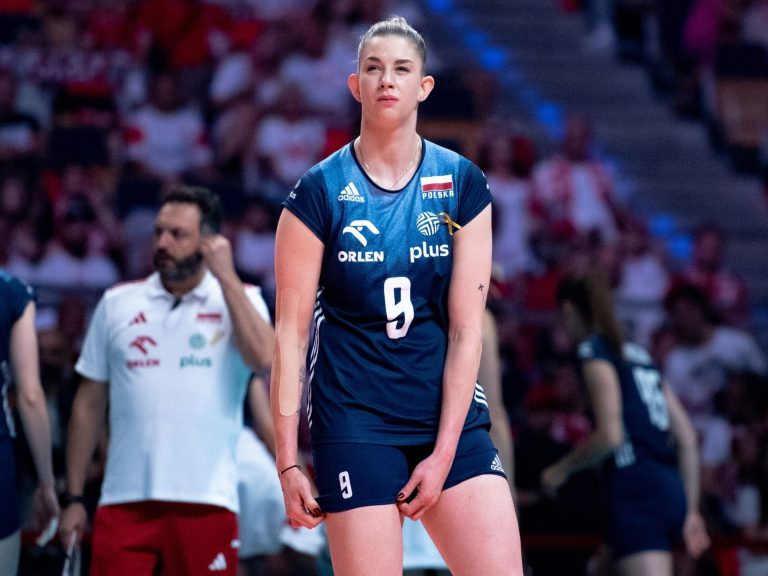Traveling on a donkey and chewing coca leaves. A Polish bioarchaeologist conducts extraordinary research in Peru

– One of the most isolated places I had the opportunity to be during the excavations was the site in Muyu Muyu, where a few years ago there was no road. It took eight hours by car and six hours on a donkey. And the people there were fantastic – said Dagmara Socha from the Andean Research Center of the University of Warsaw in the podcast “People of Science”. The Polish bioarchaeologist studies e.g. child mummies of Inca sacrifices.
In the February episode of the “People of Science” podcast produced by “Wprost” as part of the “Science is a Polish Specialty” series, we hosted Dagmara Socha from the Andean Research Center of the University of Warsaw. Dagmara Socha is a doctoral student at the University of Warsaw, who heads the bioarchaeological research team at the Andean Research Center of the University of Warsaw. She told us about her research on the mummies of children sacrificed by the Incas and about Peru through the eyes of Polish scientists.
We invite you to listen to the entire Wprost podcast “People of Science”:
Polish archaeologist studies ritual sacrifices of the Incas
Dagmara Socha deals with the bioarchaeology of the Andean area, in particular the Nazca culture and the Inca empire. Recently, she has focused on the study of the remains of the people who formed the Nazca culture, as well as the study of the mummies of children offered as part of the capacocha Inca sacrifice.
– This ritual consisted in offering children and young women to the most important gods in the Inca empire. They were specially selected for this purpose and had to be of appropriate origin, but also beauty, beauty and virginity – explains the archaeologist.
The Polish bioarchaeologist told us about the research he conducts on found human remains and what we can learn from them.
“It all depends on what kind of remains we’re dealing with.” In the case of remains from the Misti volcano, where we only have bones, we are limited to DNA and isotope studies. They allow us to determine the diet and origin of given people – says Dagmara Socha. “Frozen mummies, on the other hand, are a kind of time capsule. And here the possibilities are much greater – emphasizes the researcher.
In the podcast, he describes toxicological examination of the hair of found mummies. “The results of these studies showed that the children consumed plants probably of the Banisteriopsis species, which naturally grow in the Amazon forests and nowadays are an ingredient of the Ayahuasca drink popular in tourism “expanding the boundaries of consciousness” – says the researcher.
Research shows that the drink served to the victims centuries ago was devoid of hallucinogenic ingredients, and contained only those that caused a state of euphoria. “It could have been important in the case of victims who were supposed to go to the gods happy. Perhaps this drink was intended for such a purpose – he points out.
Bathing in the local river and chewing coca leaves
The Polish bioarchaeologist also told us about the excavations in Peru. Many of them are carried out in desert areas. – For example, the excavations in Cahuachi were a month of living in the desert in a tent and bathing in the local river. It was very similar to what we imagine when we think about excavations in Egypt, he points out.
However, excavations at high mountain sites look much different. – First of all, elements such as altitude sickness come into play – points out Dagmara Socha and talks about the excavations at the site located at an altitude of 3900 m above sea level – This altitude is already significant and affects how we feel. We need a few days for acclimatization. And sometimes walking even a few meters ends with a slight breathlessness – he admits.
In the fight against altitude sickness, traditional methods used in these areas for centuries help. We chew coca leaves. This is one of the methods that allows you to eliminate the effects of altitude sickness, the Polish archaeologist points out. – Acclimatization is important. First, we go up to 2000 m above sea level, spend two or three days there, then we go up a little higher, we spend two days there before we start the real work. It is important to do everything gradually. – This year we also carried out surface surveys, i.e. we went in search of sites that could be stopping stations on the way to the peaks. They, too, were at a considerable height, around 5,400 m above sea level, he points out.
This is the highest point on which the scientist has conducted research so far. We are planning more trips for next year. However, acclimatization and proper condition are important here, so we have to prepare before the season – he emphasizes.
Poles cooperate with the inhabitants of Peru
The archaeologist from the University of Warsaw emphasizes that cooperation with local scientists is very wide. “We always have a Peruvian coordinator when we excavate in Peru. We also always invite Peruvian students to our excavations. These people want to learn about the history of Peru and be included in it. Having a Peruvian co-director is a requirement, but this cooperation is important to us, it has been going on for many years and we are trying to develop it. We often invite researchers from Peru to Poland so that they can see our laboratories and our country – he adds.
Dagmara Socha points out that very lively communities are concentrated around archaeological sites, and local residents feel they are the heirs of the old history. “They often come to perform rituals at former archaeological sites, for example, to make offerings, such as coca leaves, under a stone for their intentions,” he says.
The researcher points out that looking at Peru through the eyes of a scientist is very different from visiting the country as a tourist. “We have the opportunity to meet these people in the usual way. We are not tourists who only come to the main city. We often stay in places that are isolated. One of the most secluded places I had the opportunity to be during the excavations was the site in Muyu Muyu, where a few years ago there was no road. It took eight hours to get there by car, then six hours on a donkey,” he points out. “And the people were fantastic, very helpful and very interested in their history,” he emphasizes.
The researcher admits that Polish archaeologists often employ local residents as guides. – We do not have the capacity to work at such heights, so we also offer work to local people who can work with us on excavations. This is often associated with lectures aimed at popularizing what we do, he points out. – It is important to explain what is being done, try to involve the local community. To show that this is an element that can allow the reconstruction of this heritage, but on the other hand, to support these regions and help them open up to tourists, so that they can also benefit from our research in some way in the future – he adds.
The Polish archaeologist also revealed where her interest in Inca culture came from. – When I was a child, my grandfather bought me one of the issues of “National Geographic”, where I read about the mummies of Inca children found by Johan Reinhard and I was terribly delighted with these finds. Peru seemed to me then such an exotic, distant country. Then I decided to become an archaeologist. And surprisingly, I managed to persevere in this decision – points out Dagmara Socha.
Podcast “People of Science” is created in cooperation with Studio Plac.






